10 Major Holiday Hotspots Cracking Down On Overtourism
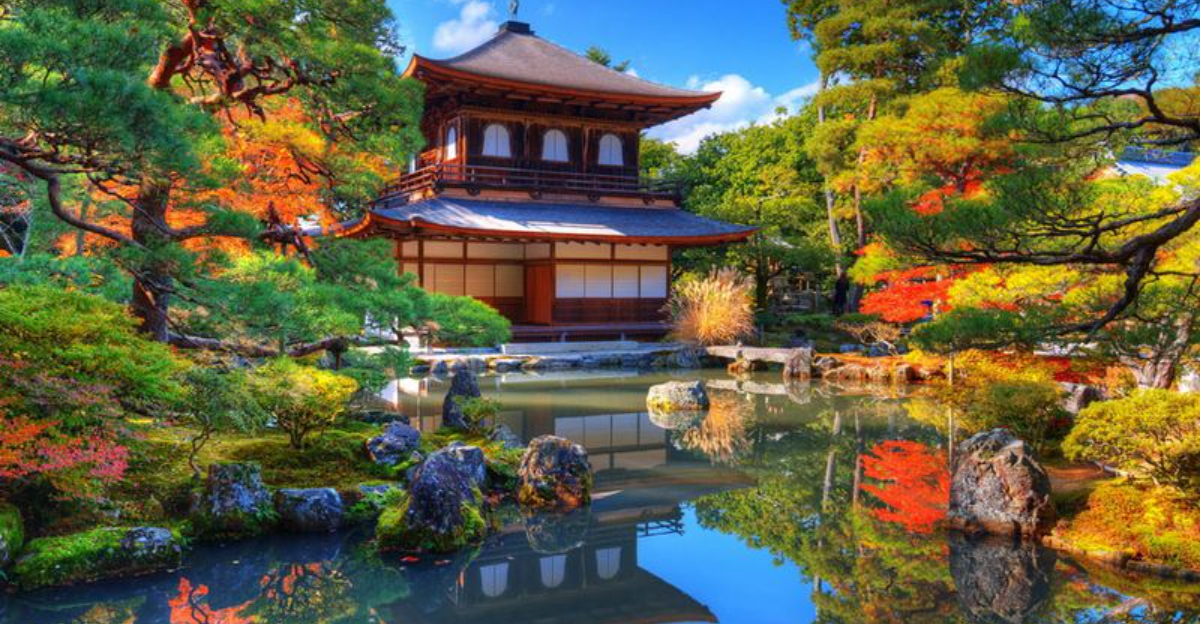
Popular vacation spots worldwide are fighting back against the flood of tourists overwhelming their streets, beaches, and historic sites. From medieval European cities to tropical paradises, destinations are introducing creative solutions to balance tourism income with local quality of life.
These new rules mean travelers need to plan ahead more carefully, but they also promise more authentic, sustainable experiences.
1. Venice, Italy
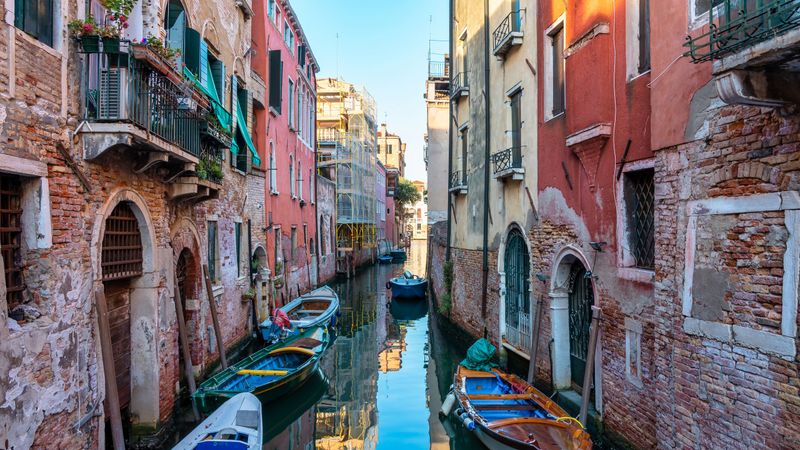
This floating marvel now charges day-trippers an entrance fee during peak periods, a first-of-its-kind measure for a major European destination. Venice implemented this system after locals protested against overwhelming tourist crowds.
Visitors must now reserve time slots and pay around €5 to enter the historic center on busy days, with electronic gates monitoring the flow of people across its famous bridges.
2. Amsterdam, Netherlands

The famous canal-lined city has dramatically reduced the number of days residents can rent their homes to tourists. Amsterdam’s officials also launched the ‘Stay Away’ campaign specifically targeting rowdy visitors.
New regulations limit cruise ships at the city port and restrict apartment rentals to just 30 days annually, pushing back against the party tourism that has frustrated locals for years.
3. Barcelona, Spain
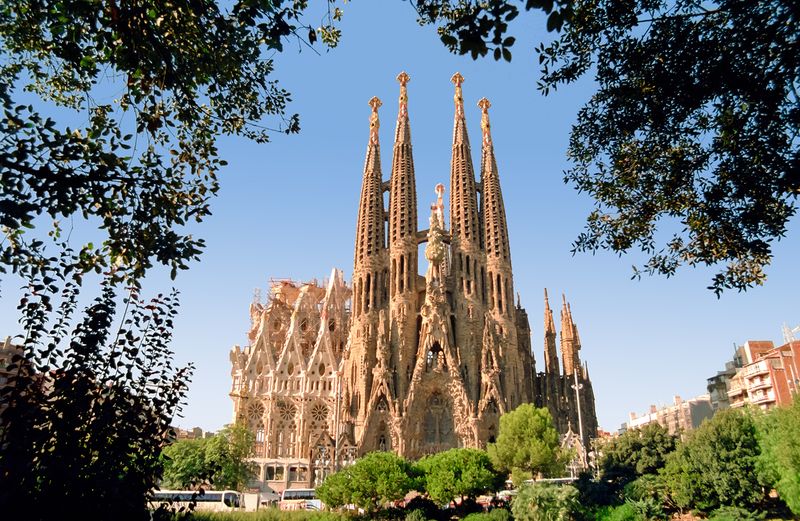
Once welcoming to all visitors, this vibrant coastal city now enforces strict rules on tourist accommodations. Barcelona’s mayor declared a freeze on all new short-term rental permits in 2023.
Local authorities have cracked down on unlicensed apartments and increased fines for disruptive behavior in residential neighborhoods, responding to graffiti protests declaring “Tourists Go Home” across the city.
4. Dubrovnik, Croatia

The walled medieval fortress city made famous by Game of Thrones now limits cruise ships to just two per day. Dubrovnik installed people-counting cameras throughout its Old Town to monitor crowd density in real-time.
Visitors face steep fines for improper attire or eating in public areas, with local police enforcing rules designed to preserve the UNESCO World Heritage site’s dignity and accessibility.
5. Santorini, Greece
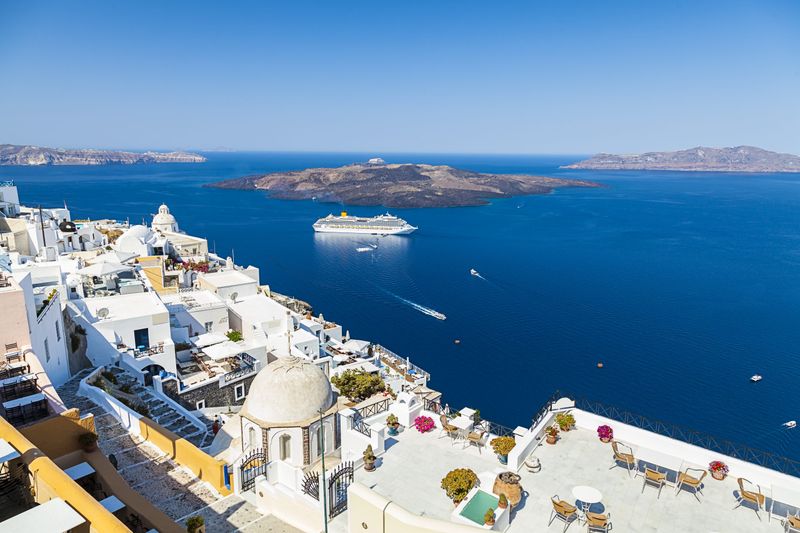
The stunning volcanic island with iconic blue-domed churches has capped daily cruise visitors to 8,000 people. Santorini’s narrow streets and limited infrastructure simply cannot handle the previous influx of 17,000+ daily visitors.
Authorities now stagger ship arrivals throughout the day and week, allowing the island’s 15,000 permanent residents to reclaim their breathtaking home from the crushing crowds of past summers.
6. Kyoto, Japan

Private alleys in the historic Gion district are now off-limits to camera-wielding travelers. Kyoto officials have banned photography in certain areas after geishas reported being harassed and followed by tourists seeking perfect Instagram shots.
Visitors now receive illustrated manners guides upon arrival, explaining local customs and restricted zones, with fines up to 10,000 yen (about $65) for those who ignore the new boundaries.
7. Bali, Indonesia
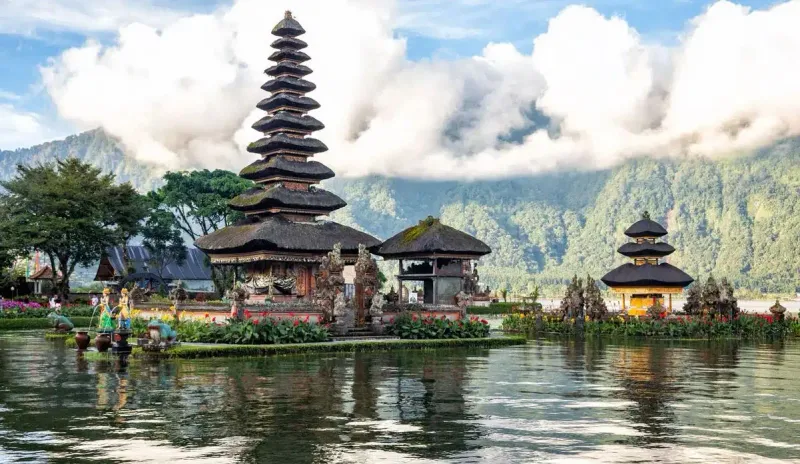
Foreign visitors now pay a $10 tourist tax upon arrival to this tropical paradise. Bali implemented these fees in 2024 to fund environmental protection and cultural preservation initiatives overwhelmed by mass tourism.
The island has also introduced a “Do’s and Don’ts” guidebook for tourists, with strict penalties for disrespecting sacred temples or climbing holy mountains without proper clothing and local guides.
8. Iceland
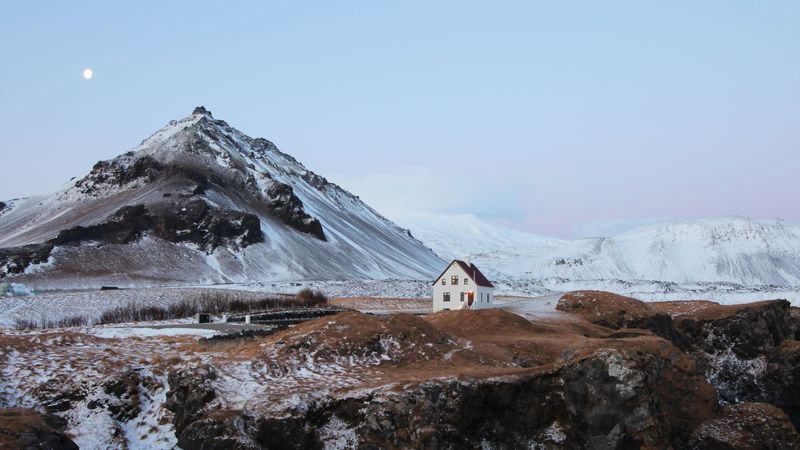
Popular hiking trails now require advance reservations and payment during summer months. Iceland’s most visited natural attractions have installed boardwalks, viewing platforms, and barriers to protect fragile moss and volcanic landscapes from foot traffic.
The country actively promotes winter tourism through Northern Lights campaigns and reduced hotel rates, successfully spreading visitor numbers throughout the year rather than just the brief summer season.
9. Machu Picchu, Peru
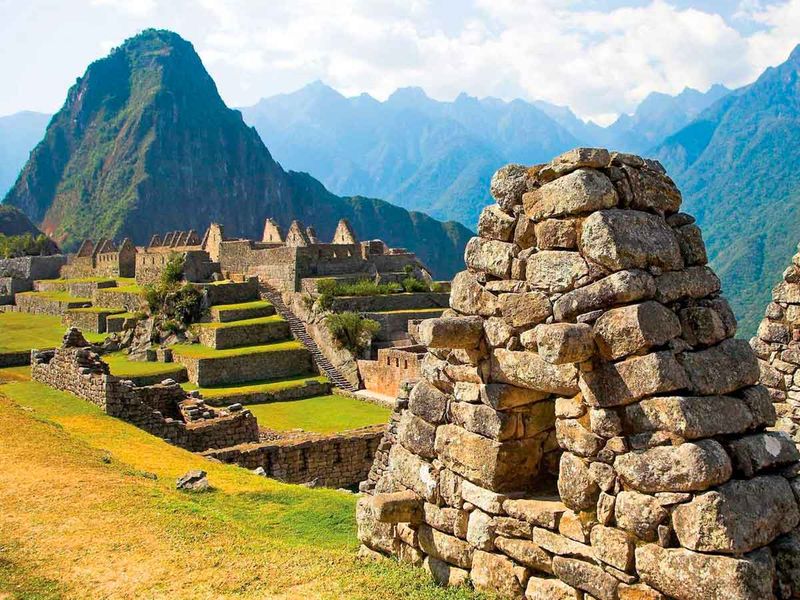
Ancient Incan ruins now enforce strict visitor quotas with timed entry tickets that must be purchased well in advance. Machu Picchu authorities have divided daily access into morning and afternoon shifts, with each visitor allowed just four hours within the site.
Hiking the famous Inca Trail requires booking with authorized tour operators months ahead, with mandatory guides ensuring visitors stay on designated paths to protect the fragile archaeological site.
10. Thailand
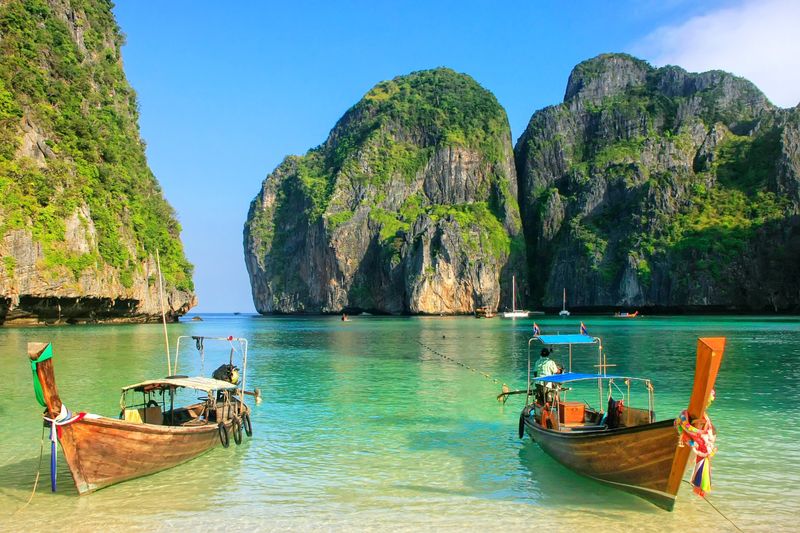
Famous beaches periodically close completely to visitors, allowing marine ecosystems to recover from tourism damage. Thailand’s Maya Bay, made famous by the movie “The Beach,” reopened in 2022 after a four-year closure with strict new limits.
Visitors now cannot swim in certain areas, must arrive via the back entrance to protect coral reefs, and face a cap of just 375 people per hour – a dramatic change from the 5,000 daily visitors before.
